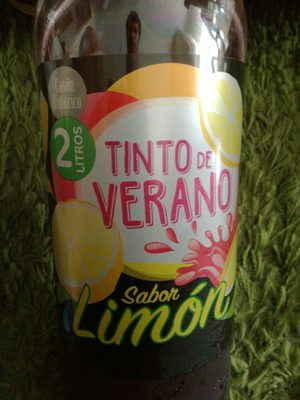Tinto de verano sabor limón - Hacendado - 2 l
This product page is not complete. You can help to complete it by editing it and adding more data from the photos we have, or by taking more photos using the app for Android or iPhone/iPad. Thank you!
×
Barra-kodea: 8480000667342 (EAN / EAN-13)
Izen arrunta: Tinto de verano sabor limón
Kopurua: 2 l
Ontziratzea: en:Plastic, en:Bottle
Markak: Hacendado
Kategoriak: en:Beverages, en:Alcoholic beverages
Manufacturing or processing places: España
Traceability code: R. E. N. CLM-437/CR
Dendak: Mercadona
Saltzen diren herrialdeak: Espainia
Matching with your preferences
Ingurumena
Ontziratzea
Transportation
Report a problem
Datuen iturria
Product added on by openfoodfacts-contributors
Last edit of product page on by packbot.
Produktuaren orria -gatik editatua carlosbc, musarana.
If the data is incomplete or incorrect, you can complete or correct it by editing this page.








